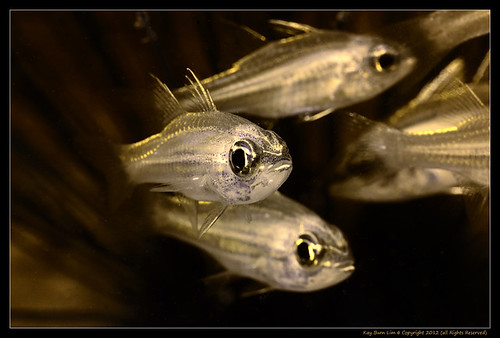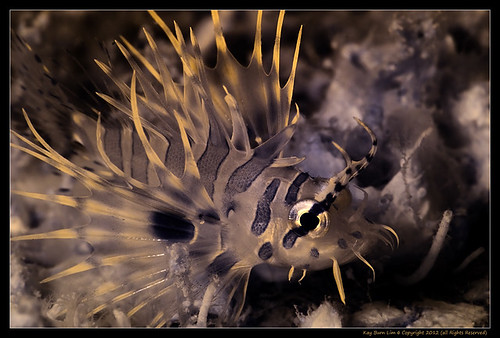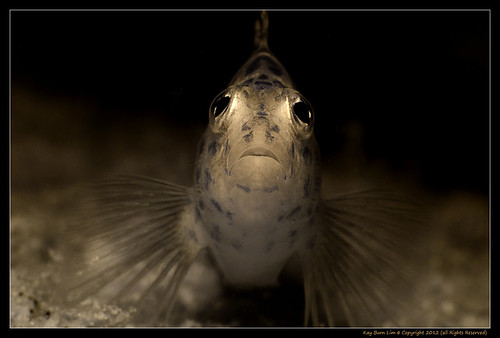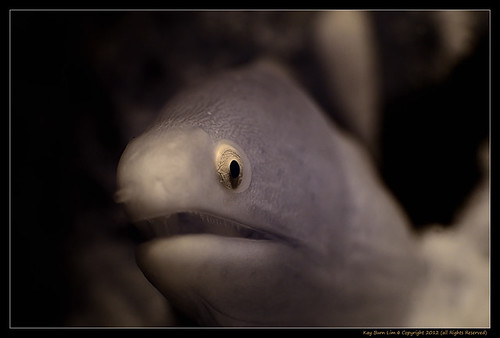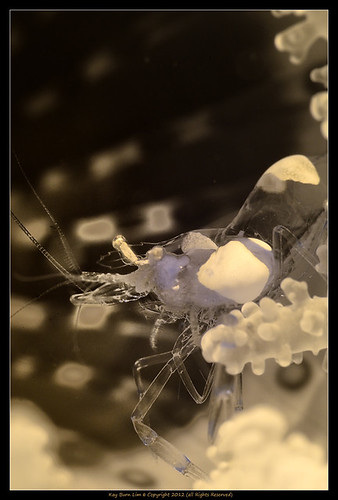Hi all,
Thanks for the OP. IR underwater can be indeed interesting. I would like to include my opinions too if anyone is interested in this.
I was the one who took that IR over/under wreck shot Antacid posted (with the version I prefer shown below). I am not the first person to attempt underwater IR either and I took my initial inspiration from the very accomplished Imran Ahmad. A good friend of mine and professional photographer. I also had the pleasure of meeting Edo Ang (who took these photos in the original post) in Wakatobi when I shot the wreck in IR for the competition. This photo below was my favorite shot from that shootout. The judges seemed to prefer my other shot that Antacid posted though. Perhaps they did not like my use of "creative flare"
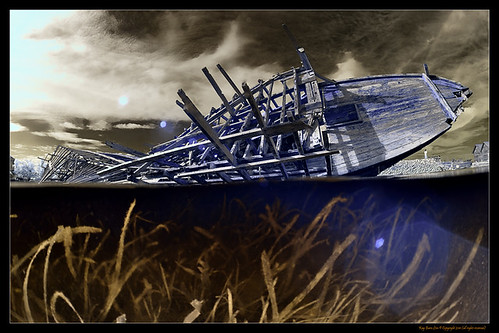
Yes. IR photography (regardless of the levels of false colors) will have it's place UW. However IMHO, I think IR is a waste of the gorgeous colors the underwater world has to offer. To the untrained eye of the non-diver, most will tell you that they would prefer to see the colors. Unlike topside photography, many simply do not know what the REAL colors are underwater and as such are not as wowed when compared to bluish hair, perfect skin, white leaves and surreal winter like scenes... these are simply lost when it comes to viewing seascapes. Imagine me showing you a false color or IR shot of an alien planet.... see what I mean? False colors brings a completely different problem to the table... many creatures such as crinoids and soft coral already come in multiple colors! having it changed does little for the viewer! The trained diver's eye may spot the difference but many may not notice with just a passing glance.
The difficulties in Underwater IR (in the traditional sense of IR photography) are simply that water absorbs ALL IR light VERY quickly. I may not know the physics or the science as well as some esteemed forum members here but Infrared photography as we know it works that way. You can modify the filters of course to limit the spectrum of visible light that comes in and also UW... but IR is IR and because red is on that side of the color spectrum, its the one bit of color let in usually... hence the bright red unedited shots from IR cameras. For the shot above, I was in 1 ft of water with both strobes fired at FULL blast on a sunny day. it didn't get very far.
There is however a place for IR photography underwater if used creatively and if limits are understood. IR brings out different textures, contrasts, etc. You begin to see things in a different light! (Forgive the pun). Forget colors. If you shoot a hard shelled crab, ALL the spots and stripes you see on it's shell will disappear. The calcium on the shell reflects IR light incredibly well.... you will get a plain white featureless crab! The beautifully speckled shrimps may do the same! On almost transparent anemone cleaner shrimps, even IR will pass through the shells (see the very last photo in this post). Have a look at this photo I did of a "Pokemon" Nudibranch below. This guy was a pale opaque white color with orange stripes and black tips on the rhinopores. Under IR, it looks almost translucent! The speckled appearance is not visible under normal light. Here, you can even see the stomach tract! I believe this was from the algae this creature ingests as part of it's diet!
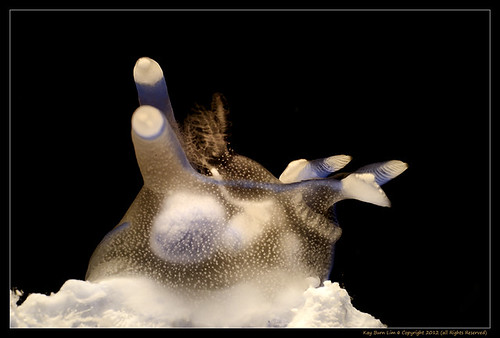
If IR photography as how we know it is to be done underwater, it's thus mostly left to the realm of macro shots. IR that has become fully absorbed means jet black backgrounds anything over 15cm away, even with the most powerful strobes. That is not to say close focus wide angle shots are not possible.... The photo below was taken with a Tokina fisheye lens and a 1.4TC. The fish was almost touching the dome port of my housing. It took a lot of patience to creep up to him to get this. Taken in just 3m of water in VERY bright sunlight. I would have been happy to wear a pair of sunglasses under my mask then. This is where you can see the effect of IR in water.... light may come in but infrared is the FIRST in the color spectrum to get killed off and absorbed...way earlier than the color red.
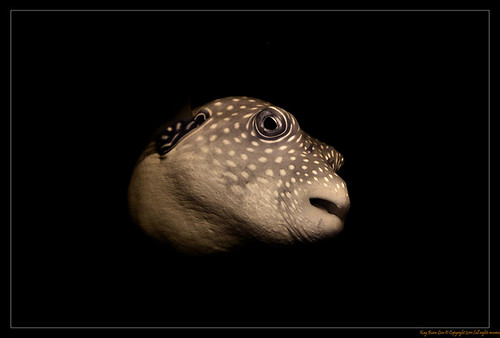
It's not hard from this to figure out what the creative possibilities are for IR in underwater shots. jet black backgrounds, higher contrasts... think like topside IR and monochrome photography. The shot below was made using the same fisheye and TC combo but with the addition of a handheld snooted strobe with the light fired at full blast downwards.

I hope this was useful to those interested in trying IR underwater. I'm glad Edo is testing False color IR underwater and would love to see more results. Any experimentation with UW photography is to be commended. Sadly, I just don't see the results of UWIR being as appealing as it is in land based work to the average viewer. I was even asked before that wreck photography would be awesome if done this way. However, from the false color examples I see, the blues are still evident and not at all absorbed into black as in normal IR. This means you won't get the nice contrast you prefer! it can't be done effectively with normal IR too as you would not be able to see farther than 15cm (Unless you are shooting a toy wreck of course!). In the perfect world, I would love to have every opportunity to study the various filter spectrum options available to me ONLY for wreck photography to give a special look. That would mean blacking out the blues yet having the wreck reflect light... if this can be achieved, I may get myself a special wreck modified camera! I am however doubtful as even throwing all the light in the world at your subject does not mean the light reflected back is strong enough to reach your camera sensor.















